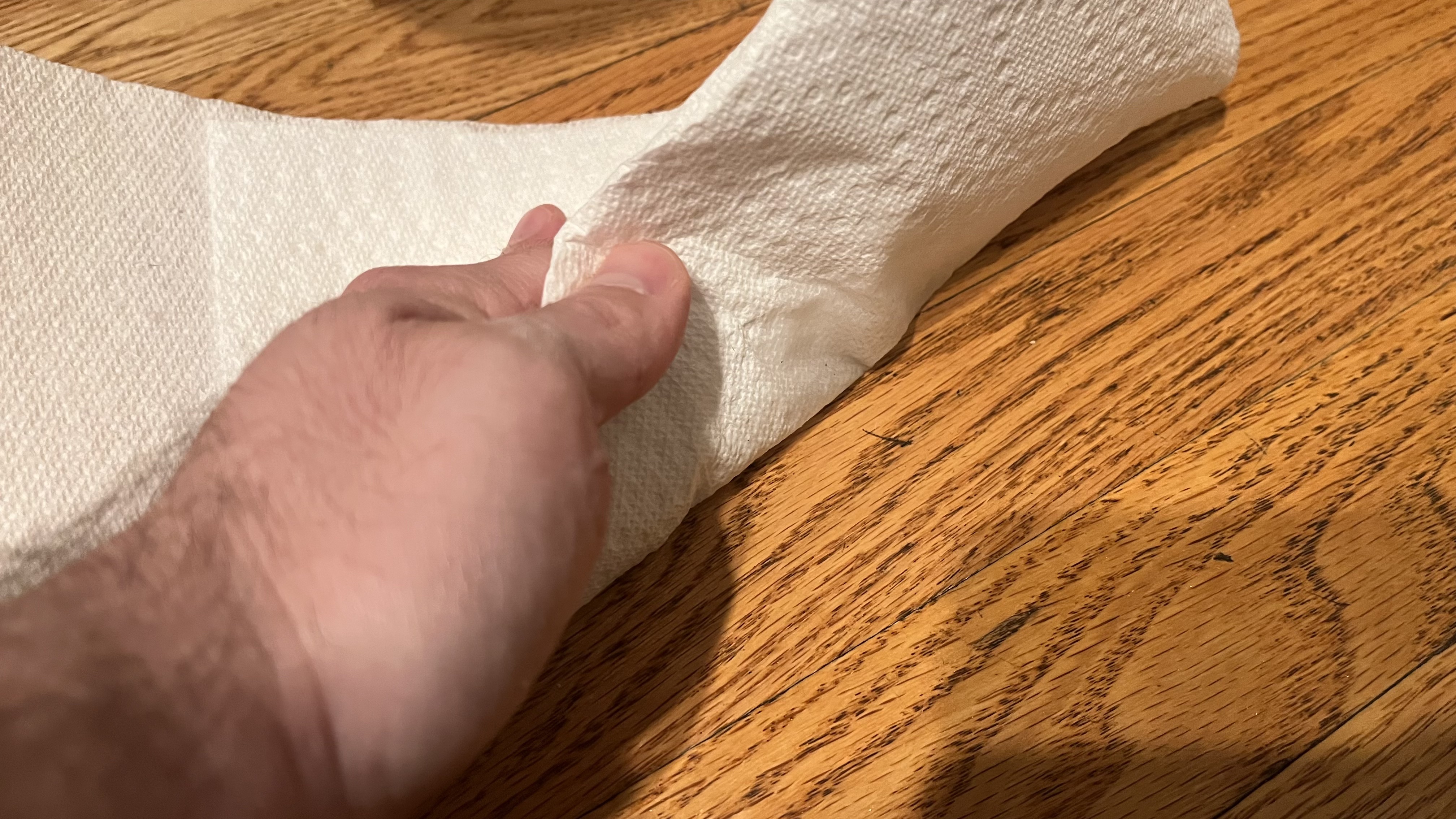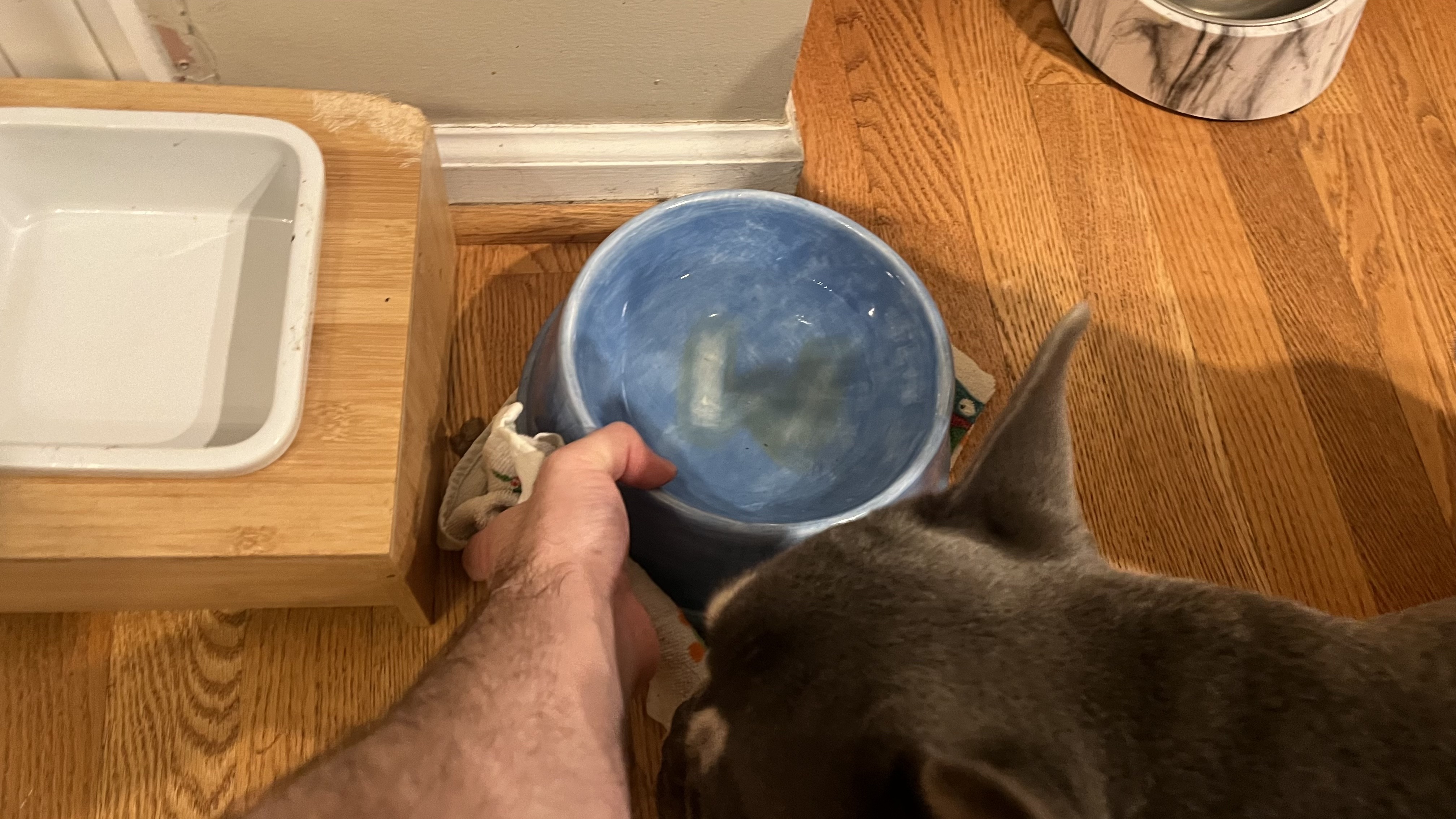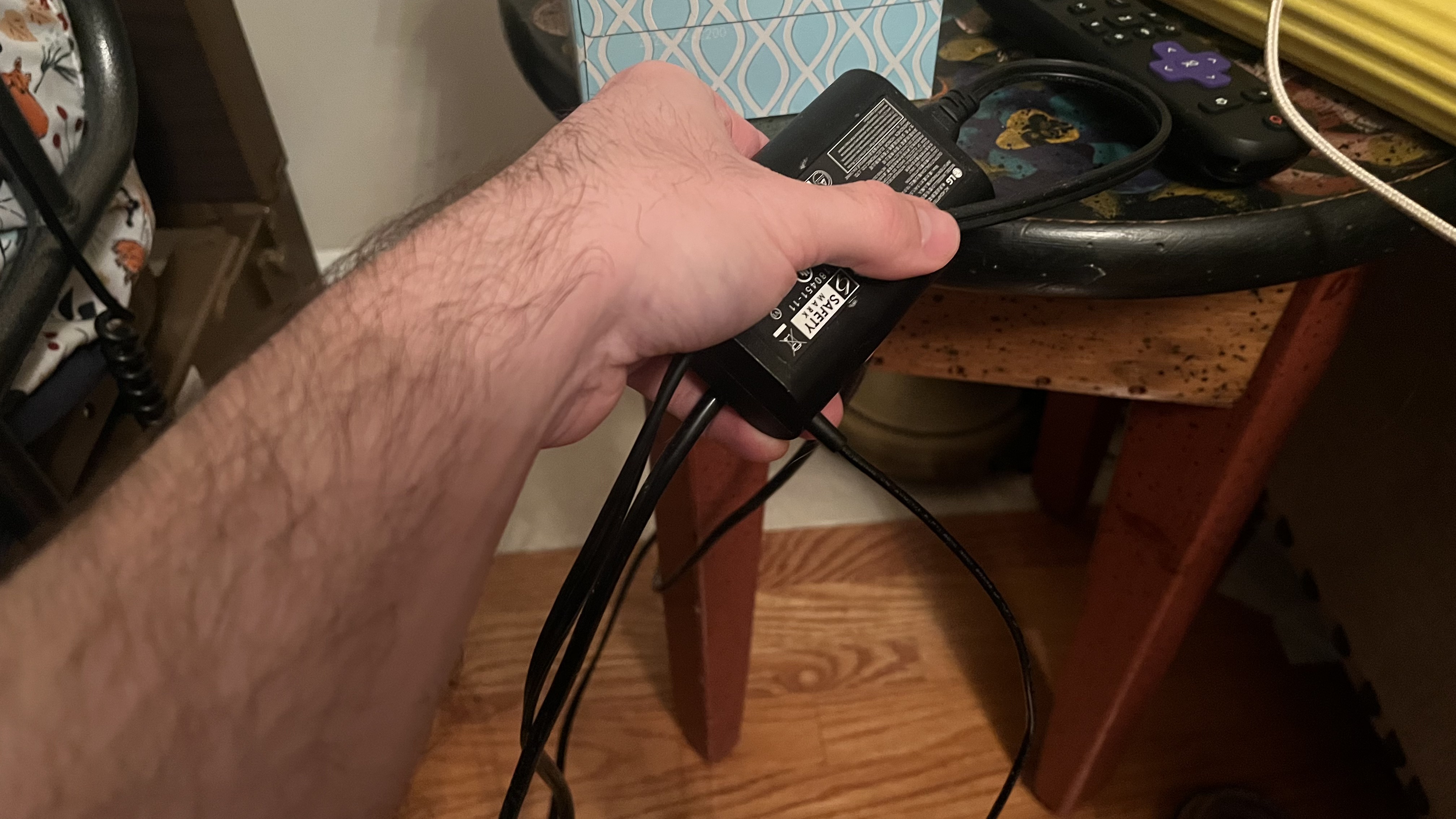
Robot vacuum cleaners and mops do a lot of the hard work for you, and some can even empty themselves and fetch fresh water between each clean. However, to get the most out of them you’ll need to spend some time preparing your home.
This usually means picking up and moving items blocking the robot’s path, but also clearing away anything it might spill or knock over, and having a think about where you want the charge station to live. This latter point is more prevalent than ever, since many of today’s best robot vacuum cleaners empty themselves into a bin attached to their charging dock. Some can even be plumbed in for a constant supply of water for their mopping function.
These can be fairly hefty, and often you need to leave a fair bit of space – up to around 50 cm – either side, so some furniture might need to be moved before the robot can get to work.
Don’t forget about room thresholds, too. Unless your home has the same flooring across each floor, you’ll likely have a small obstacle course for the robovac to clear when driving from one room to another. You might have to install ramps to help it clear the raised thresholds, especially if your home has floorboards in the hallway and carpet in an adjoining room.
All this setup might sound like a pain, but spending five or 10 minutes following the steps below can result in a tidier home – and one that a robot vacuum can quickly and easily clean, with almost zero effort from you.
Steps for how to prep your home for a robot vacuum
- Mind the dock
- Clean up any wet or sticky messes
- Pick up any large debris or items
- Watch out for cables
- Move necessary furniture
- Check your thresholds
Tools and Requirements
- Robot vacuum
- Paper towel
- Cleaning solution
- Dustpan and brush / broom
- Door threshold trim (optional)
Step by step guide
1. Mind the dock

The first step is one you’ll want to consider when first setting up the dock or base station of your robot vacuum. However, if your robot vacuum is having issues getting in and out of its dock, you’ll want to adjust. Move the dock so that it has clearance on either side as well as a direct path in front of it.
Some robot vacuum manufactures state exactly how much space your should have either side of the dock, and in front too. For example, Eufy says its new S1 Pro vacuum and mop should have 50 cm of free space either side of the dock, plus 1.5 metres free ahead of it, giving the robot plenty of space to exit and enter. The free space either side is so the robot can clean from up to the wall and around the edges of the dock itself.
While these docks usually still work when placed closer to a wall, dirt will accumulate at the side where the robot can't reach.
2. Clean up any wet or sticky messes

With a paper towel and cleaning solution, clean any wet or sticky messes before running the robot vacuum. We suggest doing this even if your robot has a mopping function, since these work best when tasked with regular, light cleaning instead of the occasional deep clean.
So treat your shiny new robot. Give the floor a good clean yourself first, then set the vacuum to clean/mop daily (or whatever schedule you want).
Pay particular attention to the edges of hard floors, as some robotic mops struggle to reach right up agains the walls or skirting boards. You might need to clean these areas yourself from time to time.
3. Pick up any large debris or items

This is going to be the majority of your prepwork. Pick up any rugs, water bowls for your pets, toys, and any other random objects that are laying on the floor and put them out of the way. A robot vacuum might get stuck on something or just avoid the area altogether, leaving you with areas that still need to be cleaned. This goes for large pieces of trash as well.
It's worth noting some vacuums are adept at mounting rugs and carpets and dodging cables – and some will even add icons to their virtual maps in the companion phone app to indicate what they've avoided – so the best thing to do is follow your robovac around your home once, to see what its pain points are, and remove those.
We strongly recommend watching your robotic vacuum while it maps your home, then again as it it completes its first clean. That way you can see if it has any difficulty getting into certain areas, or if it misses spots entirely, and also if it has a tendency to bash into furniture. Most of today's robotic vacuums are smart enough not to do this, but it's worth keeping an eye out on the first run.
4. Watch out for cables

Cables are possibly the worst objects for robot vacuums. Not only do robot vacuums get stuck on them, but the cables can get tangled around the brushroll, possibly damaging both the cable and robot vacuum. Pick up any hanging cables and organize those that can't be moved, like those behind your TV or computer, to that they're out of the vacuum's path.
As well as giving your new robot a helping hand, this gives you a chance to finally get those cable organizers you've always said you'll buy, and give your media unit a good tidy up.
5. Move necessary furniture

Depending on your robot vacuum, it might not be able to go under certain areas, whether you have an office chair that’s in the way or a bean bag/ottoman that would cover a whole area that needs to be cleaned. Move the necessary furniture out of the way so that the robot vacuum will go where you want it to. Many newer robot vacuums draw out maps as they clean - checking these in-app maps can give you an indication of where your robot vacuum has detected a larger obstacle. Some even use icons to indicate what sort of item they've avoided, helping you to create a clearer cleaning path for them to follow.
6. Check your thresholds

This doesn't apply if you have the same flooring across the entire area you want your robotic vacuum to clean or mop, but it's a vital consideration if your rooms have different floors.
Generally speaking, robotic vacuums can clamber over thresholds between rooms when they are no more than 2cm tall. But in our experience this can vary. When testing the Eufy S1 Pro we found it at first drove into every room without a problem, but on later cleans it struggled and in some cases failed to enter two rooms.
If this happens to you, you'll need to fit some lower-profile door threshold strips, which act like little ramps to help your robovac into each room.
Final thoughts
Even with all these steps, you’re still saving a lot of time compared to running a regular vacuum around your space. And, once you have a good understanding of what to look for to keep the floors prepared, you can adjust how your space is organized so you don’t have to do much work to prep your home.
Maybe keep your pet’s water bowls on a tray that’s easy to pick up, or organize the cables from your TV to sit in the back of your entertainment center instead of the floor, and so on. That way, you can just pick up a couple of items on the floor that aren’t supposed to be there and turn on your robot vacuum.
In fact, if you like to run your robot vacuum on a schedule while you’re not home, organizing your home so you don’t have to really do much prep work will help you avoid headaches. The beauty of using a robotic vacuum is that, beyond the easy vacuuming and mopping, is how it encourages you to keep your floors tidy and clutter-free too.







